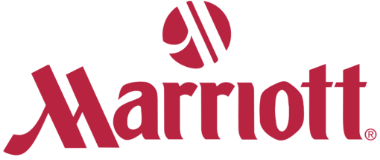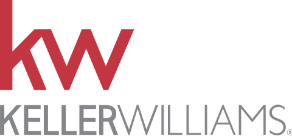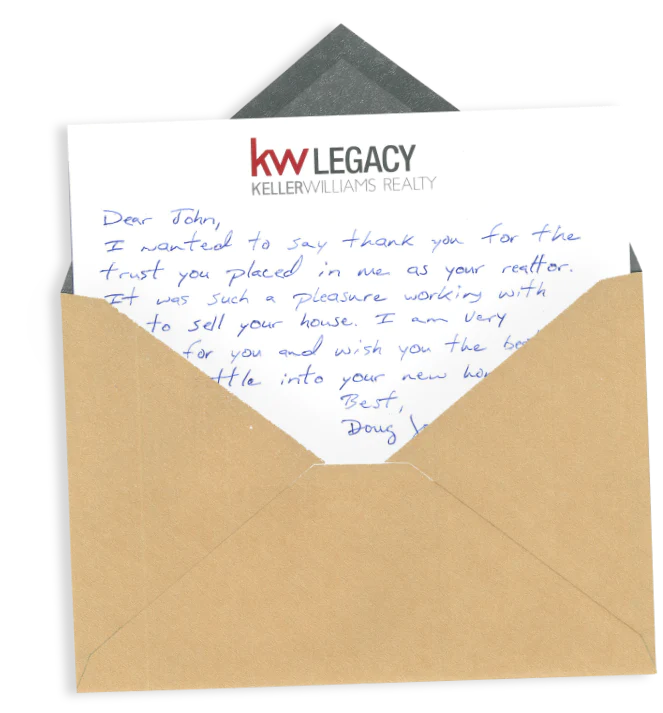How to Help Sales Teams Hit Their Quota: Prioritize Efficient, High-Impact Activities

Your sales team is in trouble. They aren’t putting up their numbers, and as a result, are consistently missing sales quotas. You’ve tried pep talks and incentive contests without results. What do you do?
You call in the trainers, of course. You assume that your team’s poor performance stems from a lack of skills. After a few weeks of sales training, you turn your team loose — and nothing changes.
Maybe now you assume the team is the problem. You let your lowest performers go, hire on fresh staffers (that you now need to train), and restructure the organization. A few months later you review your refreshed team’s numbers and are disappointed to see the same old patterns. And so you send your people back into training. Wash, rinse, repeat.
Organizations around the globe experience this every day — lowered sales performance that seems invulnerable to training and staffing changes. These strategies fail to achieve results so frequently because they aren’t addressing the root problem — structural and procedural inefficiencies.
SEE ALSO: How to be Great at Sales
YOU’RE PEOPLE ARE GOOD. YOU JUST NEED TO LET THEM SELL
Even if you’re providing the finest available training resources and hiring skilled salespeople, you’ll never see the performance you want if your team is wasting its time on functions that don’t contribute to selling. In the same way that top-tier chefs never bus tables and elite athletes don’t do their team’s laundry, your sales team should be free to devote as much of their time to selling as possible.
The reality is that your team is likely capable of more, and they have the talent and skills needed to realize that potential. They just need to spend more of their time doing what they’re good at. Freeing them from administrative gridlock and focusing them on high-impact activities should be the first thing you do to help your team hit their quotas.
With technology, it’s possible to automate many of the support functions that are currently sopping up your team’s otherwise productive hours. Tasks that can’t be done by intelligent systems can be transferred to a sales support staff. Every hour you can save your team is an extra one they can put toward sales.
SEE ALSO: 10 Sales Enablement Strategies to Drive More Business

GIVE YOUR SALESPEOPLE BACK THEIR TIME
Let’s put this into real-world terms. Imagine a hypothetical 10-person sales team. Each member is good at their job, selling well — when they’re given the chance to sell. Unfortunately, they don’t have the necessary support structures to keep them hyper-focused on sales, so they spend a lot of their time on administrative functions.
As a result, each team member is only 50% efficient with their time, spending half of it in places that don’t contribute to sales. This represents a significant loss for your organization, failing to realize half of its sales volume potential. If you usually sell about $2 million a year, there’s another $2 million that you’re leaving on the table.
If you could spend $100,000 a year to capture an extra $2 million in revenue, would you? The answer’s pretty simple. You’re already spending money on ineffective sales training, taking your salespeople away from the jobs unnecessarily. Churn is bad for productivity, too. Instead of chasing losing strategies, invest in a sales support structure. This lets your salespeople focus on high-impact activities, using their time as efficiently as possible. As you can see from the numbers above, the ROI can be enormous.
SEE ALSO: How to Make Sales and Marketing Meetings More Effective

THE THREE STEPS TO HIGHLY EFFICIENT TEAMS
Try the following three steps to boost sales efficiency before you start swapping out staff members or investing in expensive training sessions. Only once your team is performing at closer to 100% should you look at training or restructuring.
Offload Non-Productive Work
You want your salespeople talking to prospects and pounding the pavement, not looking for missing information, creating sales presentations, or worse — performing data entry. These are tasks that can and should be moved to other people. The extra salary expenses and software licensing fees are more than offset by increased sales revenues.
CRMs and related software packages can automate some of these time-wasting tasks. Lower-skilled employees are capable of taking over data entry and other back-office procedures. Graphic designers can assume collateral creation tasks. The goal is to remove from your team any functions that don’t directly contribute to making a sale.
Fix Procedural Stumbling Blocks
Your sales team doesn’t operate in a vacuum. They can be affected by inefficiencies in the other departments they interact with, which means fixing operational problems elsewhere can have a direct effect on sales.
Imagine a software company. Its sales team relies on the firm’s engineers for product demos. If these showpieces aren’t designed well, they can be off-putting to prospects, ruining sales. Other departments also handle the company’s installation and implementation tasks, and poorly designed procedures can drag down the sales process.
To remove these stumbling blocks, examine everything that contributes to a successful sale and fix any processes that aren’t working.

Provide the Right Tools
Once you have a support system in place and you’ve rectified external bottlenecks, you’re ready to focus on internal enhancements. This means generating needed sales collateral, purchasing support tools, enhancing managerial support, and building effective sales incentives. None of these things move the needle much on their own but paired with a focus on high-impact activities and a well-tuned support network, these tools will free your team to perform at their best.
All three of these steps are synergistic, compounding each other until the whole is greater than the sum of its parts. This combination provides the time to sell, the tools to make the most of every minute, and an environment free of unnecessary obstacles. Salespeople of all skill levels will reach their peak performance.
Only then should you consider extra training programs and personnel changes. Get your team running its best, and then work to optimize it further. Do that, and missed sales quotas will become a thing of the past.























